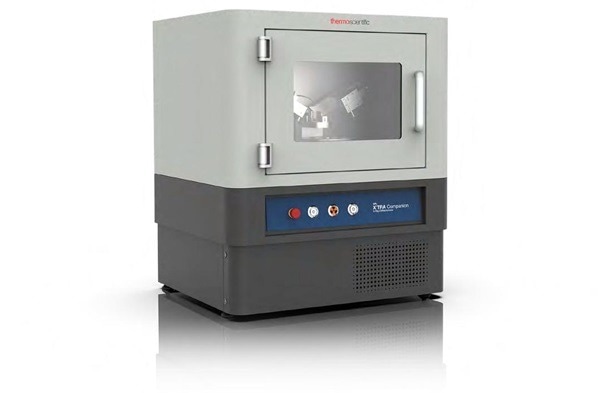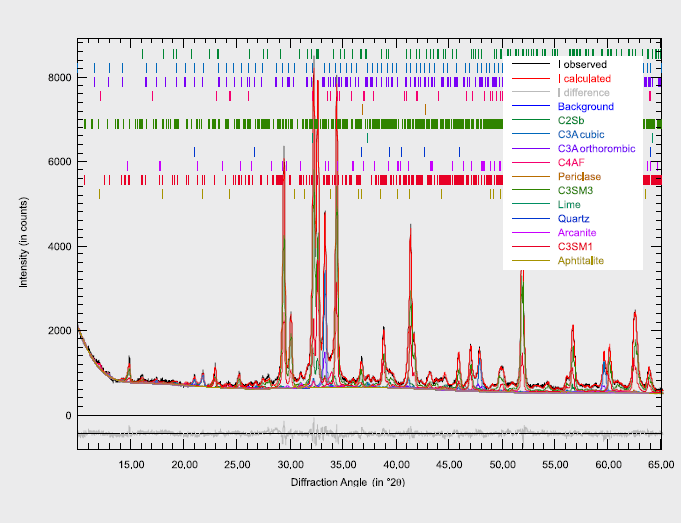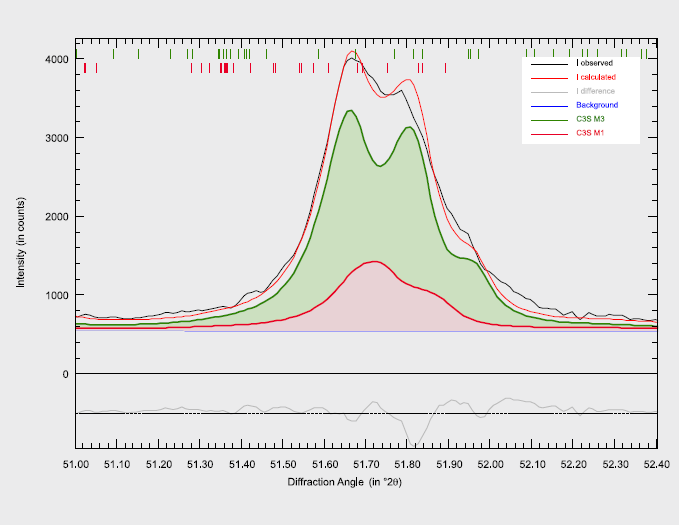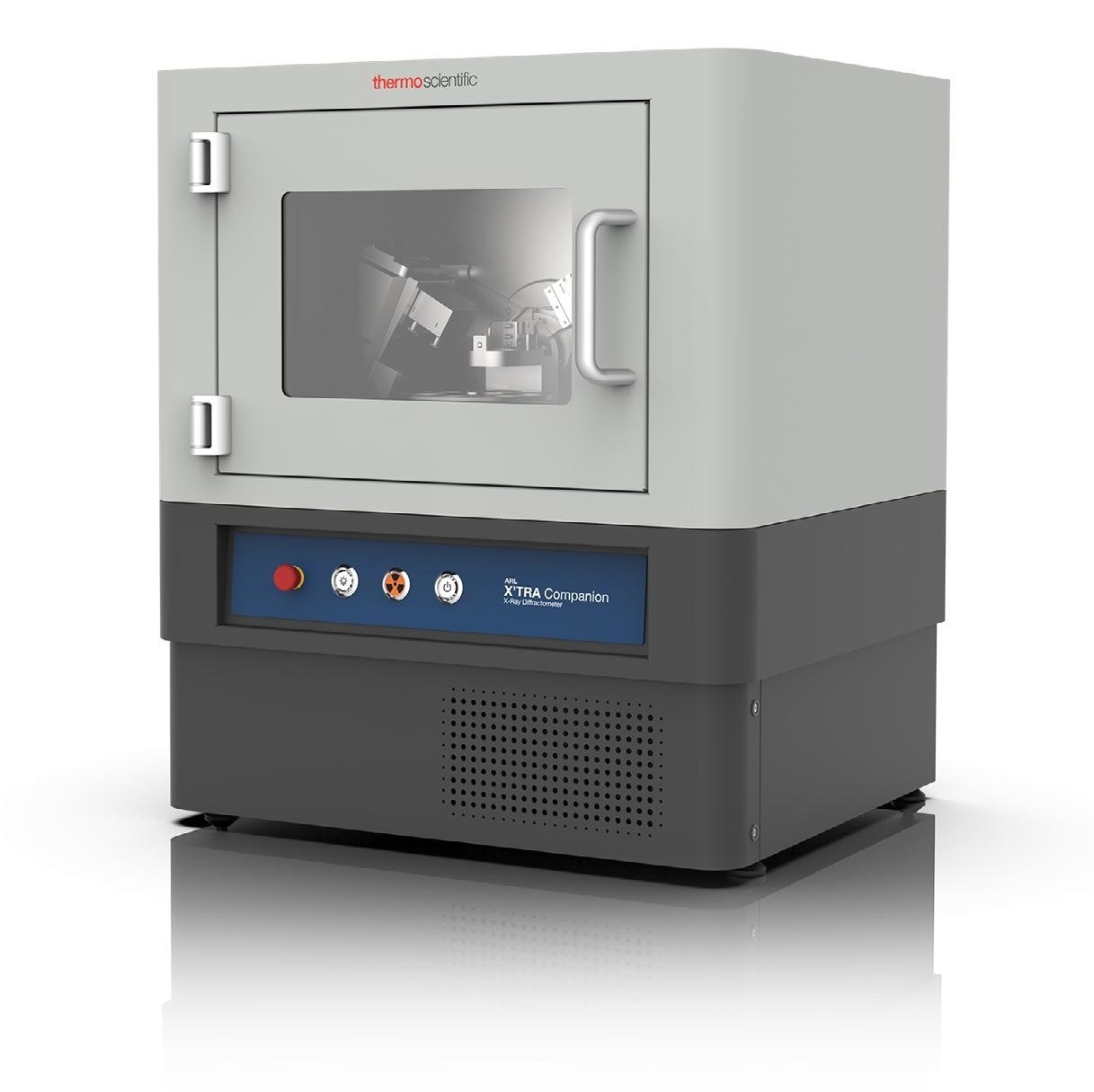In cement production, X-Ray Fluorescence (XRF) and X-Ray Diffraction (XRD) are essential components. They are responsible for determining the elements and structure of cement clinker composition. A guarantee of cement's performance, conformity, and consistency is achieved through analytical techniques, as these factors significantly impact the structural integrity found in infrastructure and buildings.
XRD allows cement manufacturers to analyze clinker phases and discover their mineralogical composition. This is essential for quality control in the final product and making the process more efficient overall.
Standard Reference Materials, or SRMs, are the basis for ensuring reliable and accurate XRD measurements. SRMs act as markers for validating the analytical method of XRD instruments and accurate measures in phase quantification.
Structural issues can result from any alteration in cement production, so quality control relies on SRMs. XRD analysis results are validated for comparability and precision through SRM use.
The result is meeting stringent industry standards and regulations through consistent cement production processes. SRMs can assist cement manufacturers in verifying their products, making sure they meet specifications, adding to sustainability, and ensuring the long-term safety of any constructed infrastructure.
Instrument
Pictured in Figure 1 is the Thermo Scientific™ ARL™ X’TRA Companion X-Ray Diffractometer. It is user-friendly and simple as a benchtop XRD system for process control and advanced applications.
The ARL X’TRA Companion uses a 160 mm radius θ/θ goniometer in Bragg-Brentano geometry matched with a 600 W X-ray source (Cu or Co). Soller slits and divergence operate the beam axial and radial adjustment. Air scattering is limited through the use of a variable beam knife.
An integrated water chiller is an optional feature. The ARL X’TRA Companion offers impressively quick data collection with a state-of-the-art solid-state pixel detector (55 x 55 μm pitch). It has automated result transmission to a LIMS and one-click Rietveld quantification capabilities.

Figure 1. ARL X’TRA Companion diffraction system. Image Credit: Thermo Fisher Scientific – Production Process & Analytics
Experimental
Powdered (ball milled; 2 min, 30 Hz) NIST SRM 2686, 2687, and 2688 clinkers were measured in reflection using an ARL X’TRA Companion with Cu Kα radiation.
The samples were measured with 10 min per run 21 times to compute the reproducibility according to ASTM C1365 (c.f. Figure 2). Using a fundamental parameters approach, Profex was used for phase quantification (BGMN algorithm).1 Reference structures were elected according to Aranda et al. 2

Figure 2. Rietveld fit of SRM 2687. Image Credit: Thermo Fisher Scientific – Production Process & Analytics
Results
Standard deviations were arrived at utilizing the results of 21 consecutive analyses and compared with limits given by ASTM C1365. The accuracy and repeatability are both within the limits of ASTM C1365 and GB/T 40407-2021 (c.f. Table 1 and 2; reference values shown were available). Refinement of cubic and orthorhombic C3A and M1 and M3 polymorphs of C3S is achievable with good repeatability (c.f. Figure 3).

Figure 3. Rietveld fit of SRM 2687 (51.0-52.40°2θ) showing theoretical profiles of C3S M3 (green) and C3S M1 (red). Image Credit: Thermo Fisher Scientific – Production Process & Analytics
Table 1. Accuracy of average values of 21 consecutive analyses of Clinker SRMs 2686, 2687 and 2688 (Standard deviations in 1 σ). Source: Thermo Fisher Scientific – Production Process & Analytics
| SRM 2686 |
SRM 2687 |
SRM 2688 |
| In weight % |
Profex |
NIST value |
Profex |
NIST value |
Profex |
NIST value |
| C3S M1 |
18.53 (0.85) |
|
24.43(1.22) |
|
45.22 (1.15) |
|
| C3S M3 |
39.32 (0.77) |
|
48.54 (1.18) |
|
20.78 (1.17) |
|
| C3S tot |
57.85 (0.38) |
58.6 (2.0) |
72.98 (0.37) |
71.24 (0.64) |
66.00 (0.23) |
64.95 (0.52) |
| C2S β |
20.10 (0.36) |
23.3 (1.4) |
8.71 (0.43) |
12.57 (0.61) |
14.04 (0.31) |
17.45 (0.48) |
| C3A C |
0.95 (0.32) |
|
10.34 (0.34) |
|
1.26 (0.29) |
|
| C3A O |
3.43 (0.48) |
|
3.39 (0.26) |
|
3.44 (0.44) |
|
| C3A tot |
4.38 (0.26) |
2.1 (1.2) |
13.72 (0.13) |
11.82 (0.61) |
4.70 (0.23) |
4.99 (0.25) |
| C4AF |
12.51 (0.18) |
14.1 (0.7) |
2.61 (0.17) |
2.81 (0.34) |
14.08 (0.24) |
12.20 (0.42) |
| Lime* |
0.16 (0.04) |
|
0.15 (0.05) |
|
0.30 (0.05) |
|
| Periclase |
3.99 (0.09) |
3.3 (1.0) |
0.49 (0.06) |
|
0.05 (0.05) |
|
| Quartz |
0.62 (0.04) |
|
0.11 (0.04) |
|
0.25 (0.04) |
|
| Alkali Sulphates |
0.38 (0.07) |
|
1.23 (0.13) |
0.92 (0.08) |
0.57 (0.12) |
|
* Reference values not shown due to hydration to Portlandite
Table 2. Precision of 21 consecutive analyses of Clinker SRMs 2686, 2687 and 2688. Source: Thermo Fisher Scientific – Production Process & Analytics
| 1 σ (in weight %) |
SRM 2686 |
SRM 2687 |
SRM 2688 |
ASTM C1365 |
| C3S tot |
0.38 |
0.37 |
0.23 |
0.74 |
| C2S β |
0.36 |
0.43 |
0.31 |
0.49 |
| C3A tot |
0.26 |
0.13 |
0.23 |
0.47 |
| C4AF |
0.18 |
0.17 |
0.24 |
0.64 |
| Periclase |
0.09 |
0.06 |
0.05 |
0.23 |
Conclusion
Specific polymorphs like C3S M1 and M3 require monitoring as, as the occurrence of polymorphs effects the compressive strength of the finished product. This is of particular importance when alternative fuels are used in production because chemical alterations often favor one form over another.

Image Credit: Thermo Fisher Scientific – Production Process & Analytics
Data on NIST SRMs 2686, 2687 and 2688 obtained with ARL X’TRA Companion XRD showcase results that are compliant with ASTM C1365 and GB/T 40407-2021 when speaking of the ability to repeat and remain accurate. It is conceivable to refine both C3S M1 and M3 polymorphs using Profex at the same time with acceptable repeatability. The ARL X’TRA Companion is ideal for the cement industry when it comes to routine analysis tasks.
References and Further Reading
- N. Döbelin, R. Kleeberg, J. Appl. Crystallogr. 2015. 48, 1573-1580.
- M.A.G. Aranda, A.G. De la Torre, L. León-Reina, Rev. Mineral. Geochem. 2012. 74, 169–209.

This information has been sourced, reviewed and adapted from materials provided by Thermo Fisher Scientific – Solutions for Industrial and Safety Applications.
For more information on this source, please visit Thermo Fisher Scientific – Production Process & Analytics.